Black Diggers & The Longest Memory are studied as part of VCE English's Comparative. For one of our most popular posts on Comparative (also known as Reading and Comparing), check out our Ultimate Guide to VCE Comparative.
Here, I will be breaking down a comparative analysis. You will get to know exactly how I write one! Specifically, I will be focusing on the two texts, The Longest Memory and Black Diggers. I have also included my own essay as an example to follow through.
But firstly, if you haven't watched our The Longest Memory and Black Diggers introductory video which details themes, characters and more, check it out below:
This is the prompt that I have decided to approach:
‘The hopes and dreams of oppressed characters rarely eventuate.’ How do Black Diggers and The Longest Memory explore this idea?
Let’s break it down!
The Introduction
Firsts things first, we need an introduction. Here is an example of my one:
The hopes and dreams of oppressed individuals can be fulfilled to a certain extent. This degree of fulfilment, however, can ultimately become restricted by the entrenched beliefs and dictations of society; and thus, this process of fulfilment is presented to be difficult and rare to achieve. In Fred D’Aguiar’s novella, The Longest Memory, the hopes and dreams for equality and racial acceptance is revealed to coerce oppressed individuals to subvert social norms, all in an attempt to gain liberty and fairness. Similarly, Tom Wright’s play, Black Diggers, explores the collective yearning of oppressed Indigenous Australians who seek to gain a sense of belonging and recognition in society. Both D’Aguiar and Wright expose how the obstacles of social inequality, deep-rooted prejudice and beliefs can essentially restrict the fulfilment of such desires and dreams.
Okay, now let’s take a closer look at it and see exactly how I constructed my introduction:
The hopes and dreams of oppressed individuals can be fulfilled to a certain extent.
Here, I have immediately addressed the topic question in my first sentence and provided my standpoint.
This degree of fulfilment, however, can ultimately become restricted by the entrenched beliefs and dictations of society; and thus, this process of fulfilment is presented to be difficult and rare to achieve.
In my next sentence, I went on to elaborate about my viewpoint of the prompt. I highlighted how society’s perceptions and beliefs restrict individuals’ hopes and dreams to occur.
In Fred D’Aguiar’s novella, The Longest Memory, the hopes and dreams for equality and racial acceptance is revealed to coerce oppressed individuals to subvert social norms, all in an attempt to gain liberty and fairness.
I then went on to introduce the first text, The Longest Memory. I explained the role of hopes and dreams, and how they drive individuals to gain their own freedom.
Similarly, Tom Wright’s play, Black Diggers, explores the collective yearning of oppressed Indigenous Australians who seek to gain a sense of belonging and recognition in society.
Next, I introduced the second text, Black Diggers, by using the transition comparing word, 'similarly', I briefly explained how Black Diggers is similar to The Longest Memory, in that they both have individuals who have yearnings and desires.
Both D’Aguiar and Wright expose how the obstacles of social inequality, deep-rooted prejudice and beliefs can essentially restrict the fulfilment of such desires and dreams.
I finished off my introduction by addressing the two writers, and the message they convey about hopes and dreams.
Body Paragraphs
Now moving on to the body paragraphs!
In Comparative, there's an emphasis on your ability to draw insightful connections between the two texts. That’s why in How To Write A Killer Comparative, we show you how to use the LSG CONVERGENT and DIVERGENT strategy to identify and discuss unique points of comparison. In the study guide, which has been written by 45+ study scorers, we also explain how to strengthen your comparative discussion through Advanced Essay Paragraph Structures which truly showcase the power of the CONVERGENT and DIVERGENT strategy. You can check it out here.
Here is an example of one paragraph I wrote for my essay:
The ambitions of the oppressed are achieved to a certain extent. However, they are not maintained and thus become restricted due to the beliefs and conventions entrenched in society. D’Aguiar asserts that a sense of liberation can indeed be achieved in the unjust system of slavery, and this is demonstrated through his characterisation of Chapel. His depiction of Chapel serves as a subversion of the conventional type of slave; he is 'half a slave, half the master' and belongs to 'another way of life'. His defiance and rebellion against the dictations of society is exemplified through his speech, which consists of rhythmic and poetic couplets, filled with flowery language; which ultimately challenges the idea of illiterate slaves. D’Aguiar also associates the allusion of the 'two star-crossed lovers' in regards to the relationship between Lydia and Chapel; who were 'forbidden' to 'read together'. Despite this, the two characters take on a form of illicit, linguistic, sexual intercourse with each other, as they 'touch each other’s bodies in the dark' and 'memorise [their] lines throughout'. Here, D’Aguiar illustrates their close intimacy as a form of rebellion against the Eurocentric society, who believed such interrelation between blacks and whites was 'heinous' and 'wicked'. The individualistic nature of Chapel is also paralleled in Black Diggers, where Wright’s portrayal of Bertie expresses the yearning for a sense of belonging. Just like Chapel, Bertie desires free will, and he decides to 'fight for the country'. This aspiration of his however, is restrained by both his Mum and Grandad; who in a similar manner as Whitechapel, represent the voice of reality and reason. Wright employs the metaphor of the Narrandera Show to depict the marginalisation and exclusion of Aboriginal people, as they will never be 'allowed through the wire', or essentially, ever be accepted in Australia. This notion of exclusion is further reinforced through Bertie’s gradual loss of voice and mentality throughout Wright’s short vignettes, as he soon becomes desensitised and is 'unable to speak'. Here, Wright seems to suggest that the silenced voices of the Indigenous soldiers depict the eternal suffering they experienced; from both the horrors of war, but also the continual marginalisation and lack of recognition they faced back home. Consequently, D’Aguiar and Wright highlight how the ambitions of young individuals are limited by the truths and history of reality, and are essentially rarely achieved.
Now let’s take a deeper look into this paragraph:
The ambitions of the oppressed are achieved to a certain extent. However, they are not maintained and thus become restricted due to the beliefs and conventions entrenched in society.
I started my paragraph by briefly explaining how the hopes and dreams of individuals are achieved, but they are not maintained due to social beliefs and conventions.
D’Aguiar asserts that a sense of liberation can indeed be achieved in the unjust system of slavery, and this is demonstrated through his characterisation of Chapel.
I went on to highlight the first text, The Longest Memory, and started to discuss about D’Aguiar’s characterisation of Chapel.
His depiction of Chapel serves as a subversion of the conventional type of slave; he is 'half a slave, half the master' and belongs to 'another way of life'. His defiance and rebellion against the dictations of society is exemplified through his speech, which consists of rhythmic and poetic couplets, filled with flowery language; which ultimately challenges the idea of illiterate slaves.
Here, I provided evidence and emphasised on the language D’Aguiar has used to construct his character of Chapel, and further explained how he did it in order to portray Chapel as non-standard type of slave.
D’Aguiar also associates the allusion of the 'two star-crossed lovers' in regards to the relationship between Lydia and Chapel; who were 'forbidden' to 'read together'. Despite this, the two characters take on a form of illicit, linguistic, sexual intercourse with each other, as they 'touch each other’s bodies in the dark' and 'memorise [their] lines throughout'.
I continued to discuss about the relationship between Lydia and Chapel, as they are both characters who defied society’s expectations and ideals.
Here, D’Aguiar illustrates their close intimacy as a form of rebellion against the Eurocentric society, who believed such interrelation between blacks and whites was 'heinous' and 'wicked'.
I have highlighted D’Aguiar’s characterisation of Chapel and Lydia, and further explained how he uses their relationship to demonstrate defiance and rebellion against society.
The individualistic nature of Chapel is also paralleled in Black Diggers, where Wright’s portrayal of Bertie expresses the yearning for a sense of belonging.
Then, I have addressed the second text by discussing the similarity between the characters of Chapel and Bertie.
Just like Chapel, Bertie desires free will, and he decides to 'fight for the country'. This aspiration of his however, is restrained by both his Mum and Grandad; who in a similar manner as Whitechapel, represent the voice of reality and reason.
I explained the similarities between Chapel and Bertie, but also included some comparisons with Mum and Grandad and Whitechapel.
Wright employs the metaphor of the Narrandera Show to depict the marginalisation and exclusion of Aboriginal people, as they will never be 'allowed through the wire', or essentially, ever be accepted in Australia.
I went on to explain how Wright used the construction of a metaphor, to convey the marginalisation and exclusion Aboriginal people faced.
This notion of exclusion is further reinforced through Bertie’s gradual loss of voice and mentality throughout Wright’s short vignettes, as he soon becomes desensitised and is 'unable to speak'.
I have further emphasised how Wright characterised Bertie to become silent throughout the play.
Here, Wright seems to suggest that the silenced voices of the Indigenous soldiers depict the eternal suffering they experienced; from both the horrors of war, but also the continual marginalisation and lack of recognition they faced back home.
I explained Wright’s portrayal of the silent Indigenous soldiers, in which he conveyed their exclusion and lack of recognition in society.
Consequently, D’Aguiar and Wright highlight how the ambitions of young individuals are limited by the truths and history of reality, and are essentially rarely achieved.
I ended my paragraph by explaining how both of the writers reveal how the ambitions of individuals are rarely achieved due to the truth of reality.
The Conclusion
And lastly, we need to end our comparative analysis with a conclusion. Here is my conclusion:
D’Aguiar and Wright both illustrate oppressed individuals fighting against the beliefs and conventions of society; in order to gain their freedom and achieve their hopes and dreams. However, both reveal the harsh truths of reality that ultimately inhibit and restrict the capacity of people’s ambitions. D’Aguiar and Wright compel their readers to try and grasp an understanding of the past of slaves and Aboriginal soldiers, in order to seek remembrance and closure of this fundamental truth. They both convey the need for memories and the past to never be forgotten; and instead remembered and recognised in history.
Here, I will explain how I constructed my conclusion:
D’Aguiar and Wright both illustrate oppressed individuals fighting against the beliefs and conventions of society; in order to gain their freedom and achieve their hopes and dreams.
I begin my conclusion by explaining the similarities between the two writers, in which they both presented oppressed individuals who desire freedom and have defied social beliefs.
However, both reveal the harsh truths of reality that ultimately inhibit and restrict the capacity of people’s ambitions.
I then further emphasised how Wright and D’Aguiar convey the message that hopes and dreams are restricted due to the truths of reality.
D’Aguiar and Wright compel their readers to try and grasp an understanding of the past of slaves and Aboriginal soldiers, in order to seek remembrance and closure of this fundamental truth.
I elaborated on the message that both writers conveyed to their audience, in which they wanted their readers to acknowledge the history and truth of slavery and war.
They both convey the need for memories and the past to never be forgotten; and instead remembered and recognised in history.
I ended my paragraph by highlighting the main purpose of the texts and the writers’ intention; which was to convey to their audience the significance of memories, and the need for the past to be remembered and recognised in history.
And that’s all folks! That’s the total rundown of my comparative analysis. I hope you were able to learn a thing or two from this article. Now, go on and begin writing!
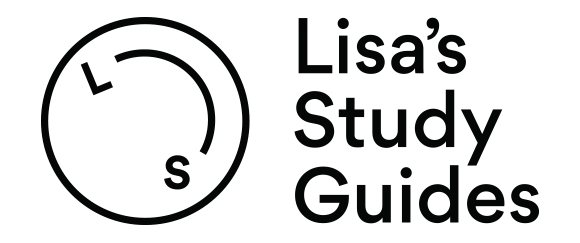
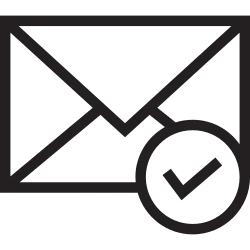


.png)
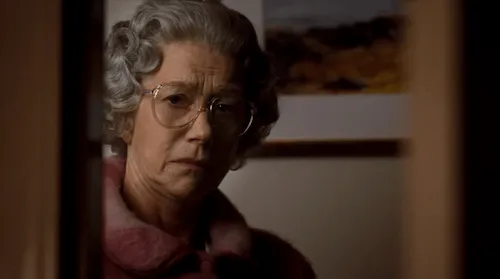
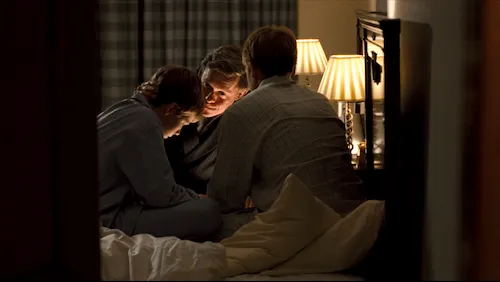
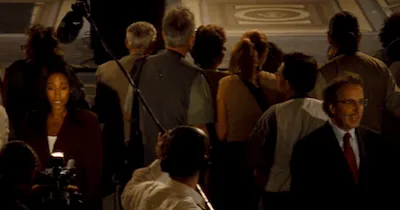



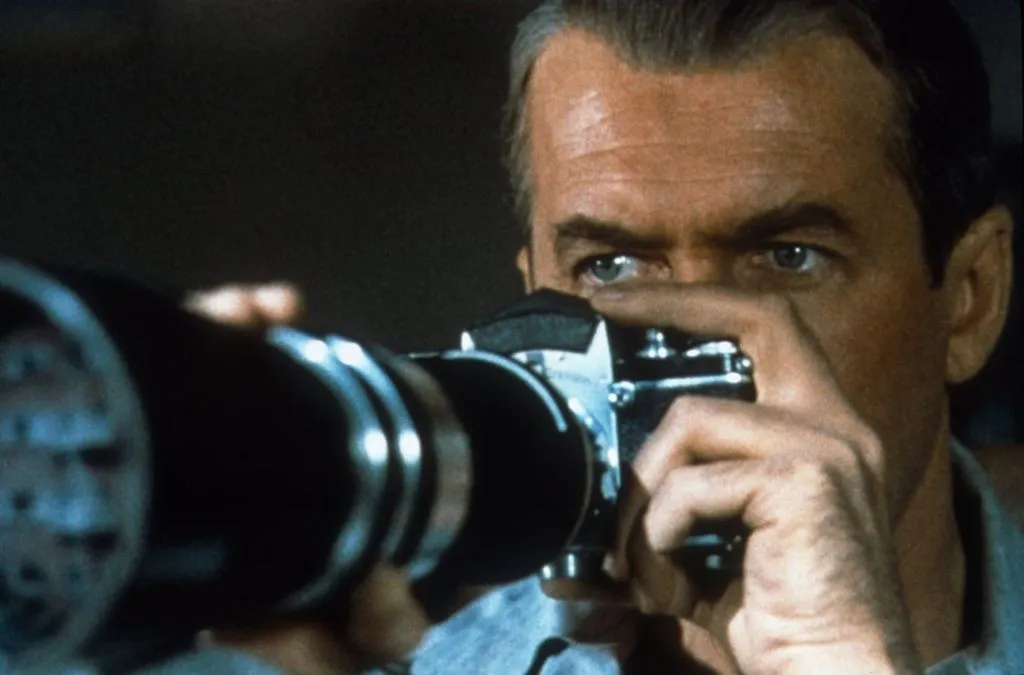
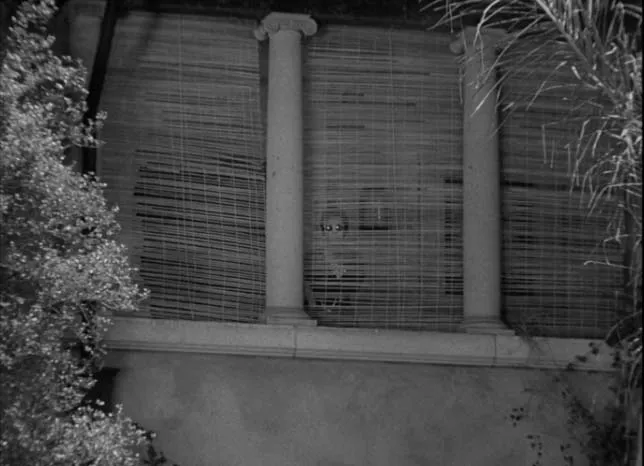
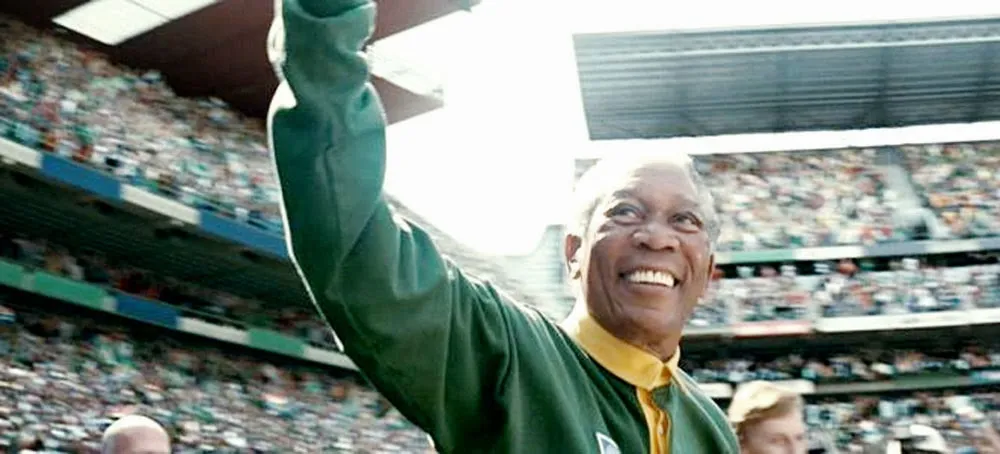
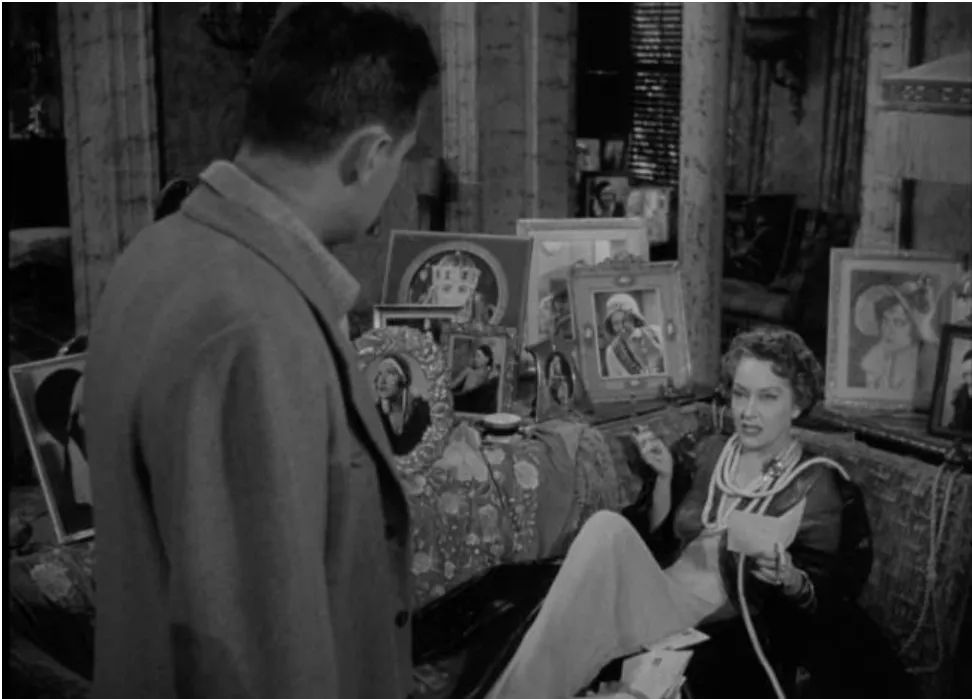





.jpg)